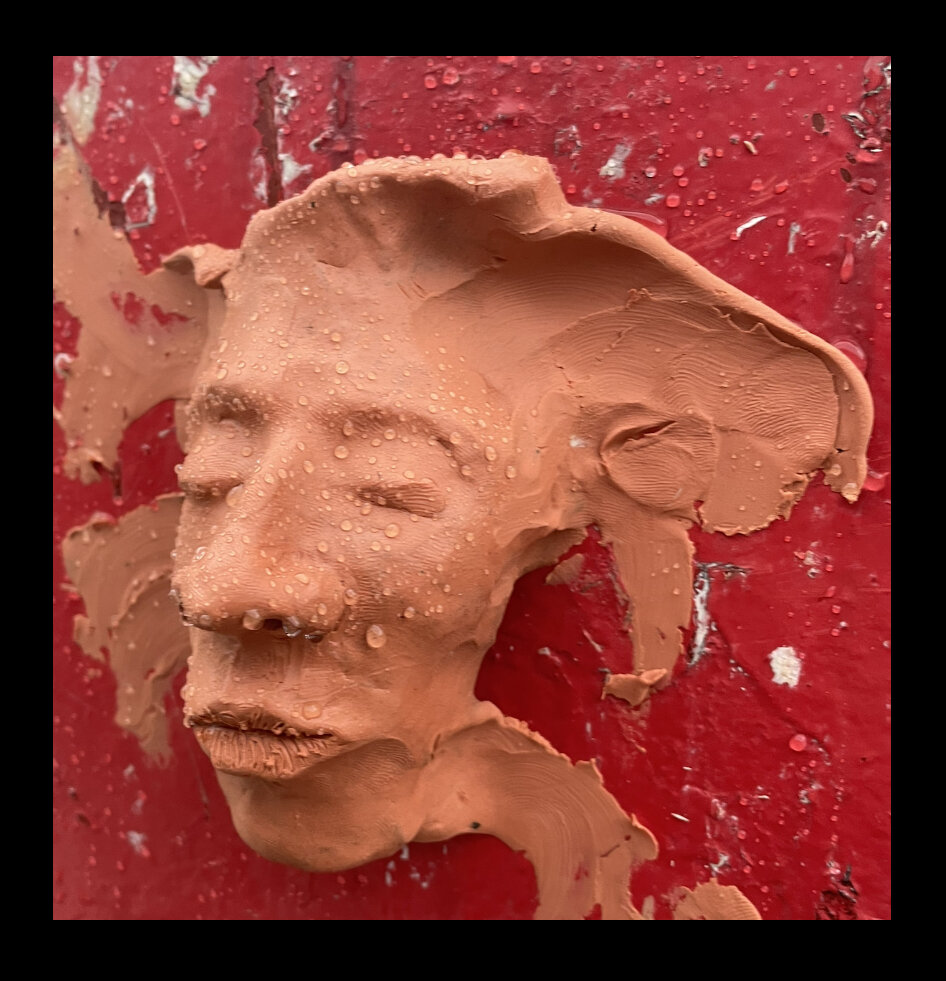What Is Psychoanalysis, Besides Therapy?
Psychotherapy came from psychoanalysis. Psychoanalysis came from poems and stories. The wisdom of the ages is the soil from which this technique sprang; without Sophocles, Shakespeare, & “the poets,” Freud & his colleagues could never have built what they did. “Everywhere I go,” Freud said, “I find a poet has been there before me.”
What we call ordinary “therapy” is psychoanalysis-lite: briefer, less expensive, less ambitious, & aimed at symptoms, rather than at their roots in experience. In psychoanalysis, the goal is the Patient’s healing and flourishing—rather than getting him/her/them back on the assembly-line making widgets as soon as possible. In psychoanalysis, the Patient has a personality, a life story, a unique self composed of experiences, that the Patient is—not just a medical body-mind, nor the passive puppet of faceless social forces, nor a flow of language around a fundamental lack. In psychoanalysis, the Patient is a unique person.
Since 1980 & the Relational Turn, psychoanalysis has grown & ripened, becoming more empathic, fluid, & egalitarian. The world was rattled when Freud showed that all human activity can be interpreted; that the unconscious is vast & powerful; and that internal conflict explains so much. Psychoanalysis slowly learned from Patients & the culture at large, while they learned from & about psychoanalysis. And in the past 20 years, most of Freud’s central insights have been validated by current neuroscience (Solms, 2020). After a century of insight, critique, & work, psychoanalysis is an art & science of interpretation & deep healing. Outcome research shows it to be about as effective as CBT (cognitive behavioral therapy), except that the gains made in psychoanalytic treatment tend to last far longer, because the treatment is deeper.
To learn more about starting a psychoanalysis with me, call for a free consultation at 917-873-0292.
frequency & duration
Psychoanalysis is a commitment to the deepest therapeutic work available. It requires meeting regularly, several times a week (usually 4x). While analysis can take many years, two years is a common treatment length.
emphasis on unconscious processes
Dreams & the stream-of-consciousness (“free association”) are more important in analysis, as are fantasies & memories. Today’s stressors & successes also come up—it isn’t all about the past—but aspects of your past will get reenacted in the relationship between you & me, which we can interpret together.
goals & scope
Psychoanalysis is evidence-based. Research suggests that psychoanalysis, with its greater inputs of time & effort, typically bring gains that are deeper & more enduring than those of weekly psychotherapy, such as CBT. (See P. Fonagy, An Open Door Review of Outcome Studies in Psychoanalysis, IPA, 2005).



